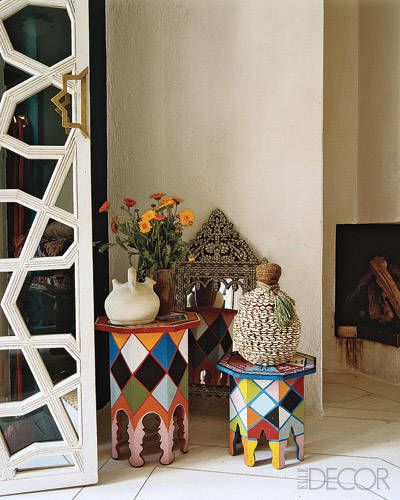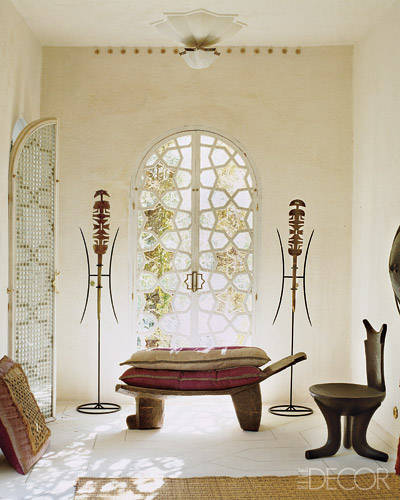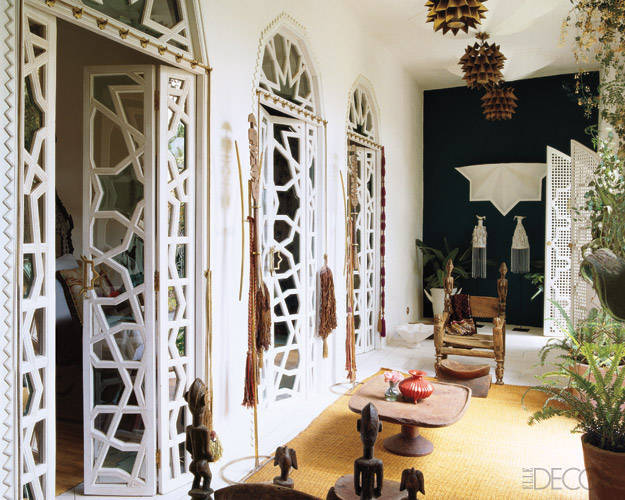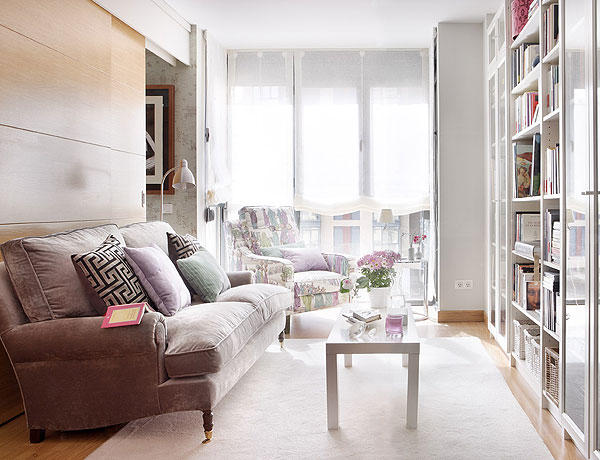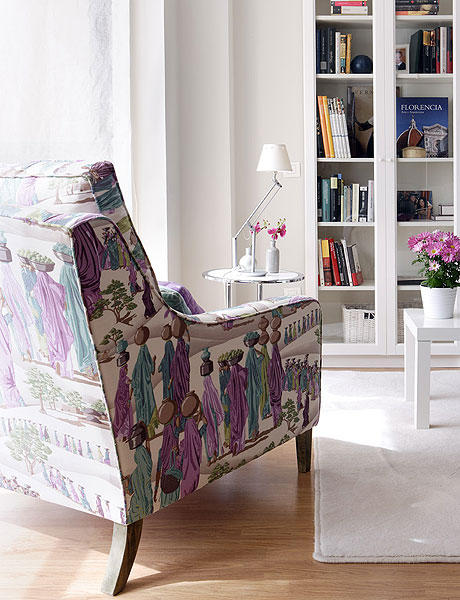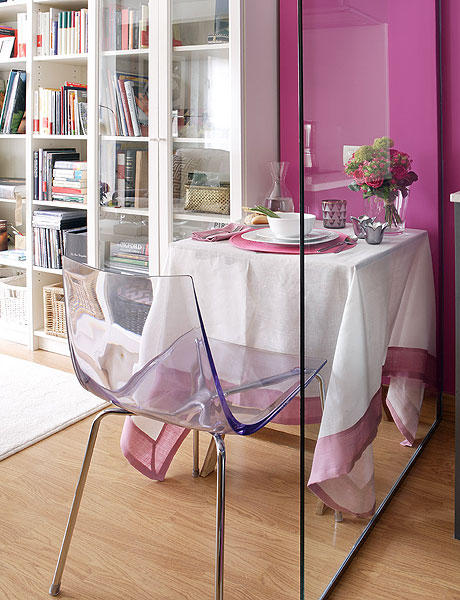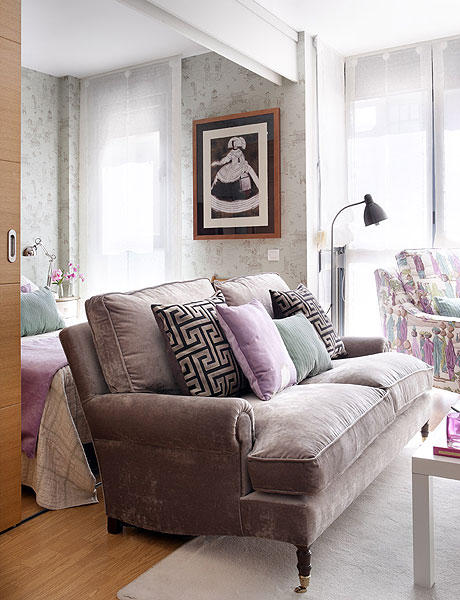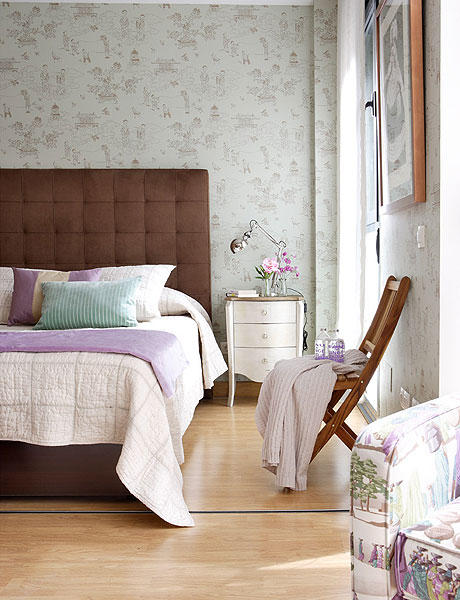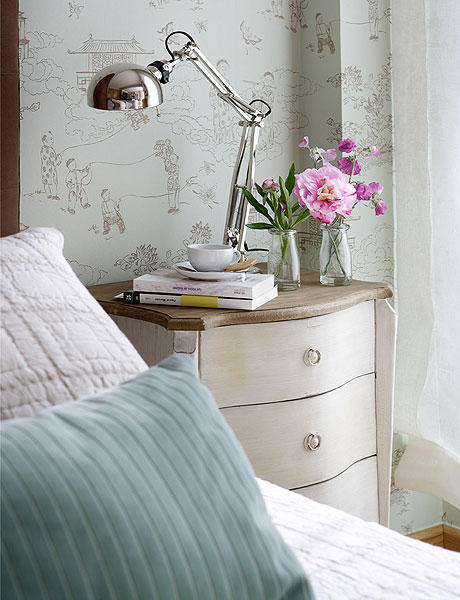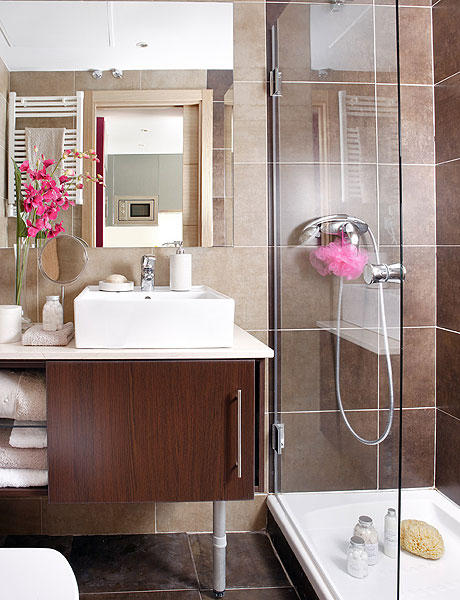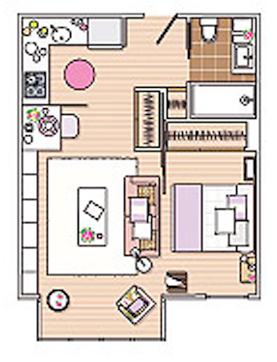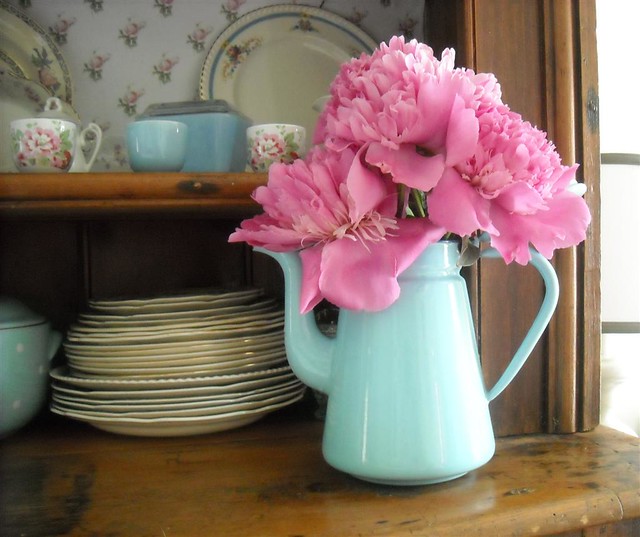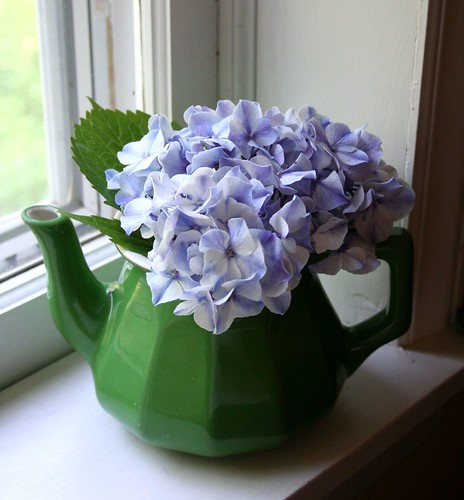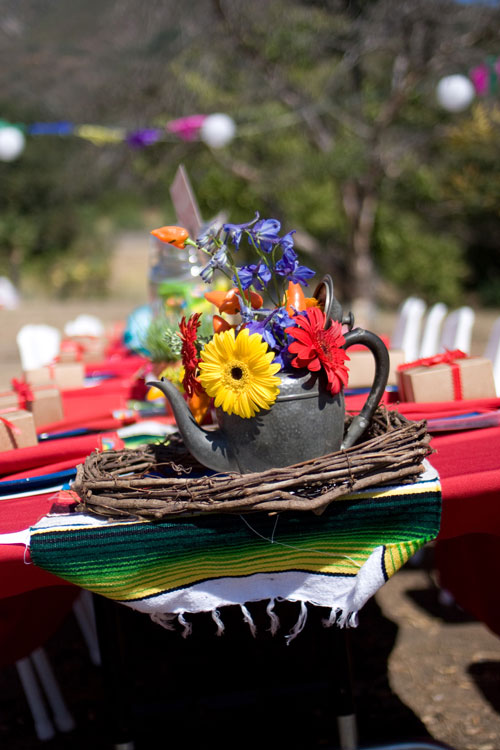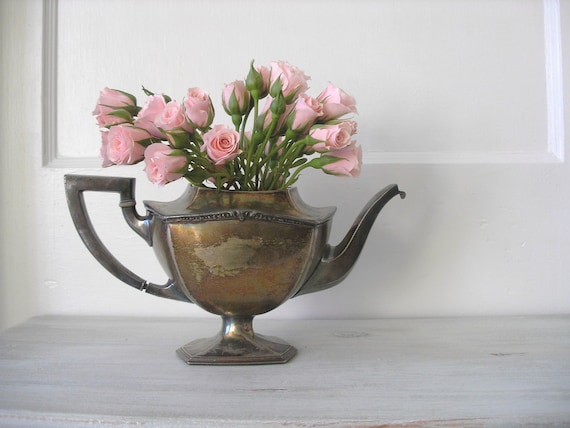Find Home & Garden news on gardening, architecture & architects, flowers & plants, interior design, home repair, real estate and furniture
Korean Gardens
- Chung Jae-hoon, Korean Gardens: Where Man and Nature Become One
The Korean garden is more than just a scenic location. For Koreans of old, it was amicrocosm of the universe, an architectural embodiment of the Korean world view. Mans influencing touch is kept to a minimumrocks, streams, ponds, and trees are left as close to their natural state as possible; artificial additions, meanwhile, serve to highlight or complement nature, not dominate it. By tying together the natural and man-made, the garden expresses mans harmony with his natural environment, an ever-present theme in Koreantraditional culture.
Characteristics of Korean gardens
Kim Yong-duk, former president of the Traditional Garden Society and himself the owner of the beautiful Haksajae home and a tale of Seoul Korean Gardens Simple and natural, Korean gardens embody the traditional view of the cosmos Written and photographed by Robert Koehler garden on the island of Ganghwa-do, explains that the traditional gardens of Korea, China, and Japan share four common characteristics: water, rocks, plants, and structures. The differences, however, are in the details. In a Korean garden, for instance, the Korean red pine features prominently, while in Japanese gardens, cherry blossoms are more prominent, and in Chinese gardens, juniper trees. Kim says it takes some time to get the feeling of each nations garden, but there are more general philosophical differences. Japanese gardens are more manicured, while Chinese gardens tend to be overwhelming in all aspects. Korean gardens, however, stress naturalizationthere is a less human approach. Korean gardens will typically feature a pond, trees, and rocks, left in their natural state or placed in a manner approximating nature. Overlooking the scene, usually on a hill or by the side of the pond, a simple pavilion will be built to provide a panoramic view of the scenery. In larger gardens, such as the famed Huwon Garden of Changdeokgung Palace, several pavilions will be built, each offering its own unique view of the landscape.
Philosophical background
Underpinning the Korean traditional garden is a Korean world view, indigenous to the country and reinforced by imported ideologies such as Buddhism, Taoism, and Confucianism, that reveres nature and seeks harmony of man in his natural environment. In Korean Gardens: Where Man and Nature Become One, Chung Jae-hoon, Professor of Traditional Landscape Architecture at Korean National University of Cultural Heritage, writes:In particular, Song Confucianism's view of nature strongly influenced Joseon gardens. It was through these influences that Joseon art was created, with its naturalistic style untouched by artifice, while a worldly, practical lifestyle flourished, based on
moderation and diligence. Indeed, this led to the development of a highly humanistic and straightforwardly naturalistic culture.
To see the epitome of this philosophy, head to the Juhamnu Pavilion in Changdeokgung Palace. Set atop a terraced hill overlooking Buyongji Pond, the two-story pavilion and pleasure pond is a favorite of former Traditional Garden Society president Kim. It is particularly typical of the neo-Confucian idea of harmonizing humans, and nature, such as the shape of the island and pond, he explains.
Seen from the pavilion, Buyongji Pond is a square, representing the earth, while the circular island in the middle, with its beautiful solitary pine tree, represents heaven. The Juhamnu was the kings personal library and is located close to the palace, at the highest point in the garden. Below the Juhamnu are several other pavilions, each with its own function and meaning.
Beautiful Korean gardens near Seoul
These are several gardens in and around Seould where visitors can get a better appreciation of the beauty of Korean landscaping.
Changdeokgung Huwon: Generally considered the apex of Korean traditional gardening, this royal pleasure palace behind Changdeokgung Palacedesignateda UNESCO World Heritage Siteconsists of several ponds and associated pavilions, the most famous of which is Buyongji Pond. Each season presents a different and uniquely beautiful view.
Hours: Guided tours of the garden are given between 10am and 4:30pm (closed Mondays).
Admission: 5,000 won, plus 3,000 won to get into Changdeokgung Palace itself.
Getting there: A short walk from Exit 3 of Anguk Station, Line 3.
Seongnagwon: This retreat garden in Seongbuk-dong consists of three separate areas, an entrance, inner garden, and rear garden. One of the few remaining examples of Joseon-era villa architecture left in Seoul, it is a remarkably tranquil place where you can relax to the sounds of chirping birds and running water. The garden is currently undergoing restoration, which is scheduled for completion in the second half of 2010.
Hours: To be decided
Admission: To be decided
Getting there: Take a taxi from Hanseong UniversityStation, Line 4.
Hee Won Garden: Located on the grounds of the Ho-Am Art Museum in the Seoul suburb of Yongin, this spectacular piece of Korean traditional gardening was built by Samsung in 1997. The extensive grounds are home to a lotus pond, pavilions, Korean stone walls, pagodas and other stone ornaments, and even a rare peacock.
Hours: 10am5pm (closed Mondays)
Admission: 4,000 won
Getting there: Take bus No. 1113 (Gangbyeon
Station, Line 2), 1500 (Hanguk Univ. of Education,Line 3), 1500-2 (Sadang Station, Line 2), 5002,or 5800 (Gangnam Station, Line 2) and get off atEverland. Shuttle buses to the garden depart from Everlands entrance.
Bed & Breakfast en Belgique
Source : Design Tripper
Garden Designer | Drought Resistant Gardening
For the enthusiastic gardeners amongst us, the hosepipe ban currently affecting an ever-increasing number of regions across the South of England is more than an inconvenience it's a potential disaster.
But do not despair. With a little thought and reorganisation, you can conserve water, minimise drought damage and still ensure you have a summer garden that's the envy of all your neighbours!
How? It's simple...............
1. Improve Moisture Retention in the Soil
Limit evaporation from the soil by mulching soil surfaces. This will significantly improve moisture retention. There are several different types of mulch which can be employed for this purpose:-
a. Organic Mulches
The best organic matter to use would be:
- Animal Manure making sure that it is well rotted.
- Mushroom Compost though this should not be used on very chalky soil or acid loving plants.
- Garden Compost when the texture has turned ‘crumbly'.
- Leaf Mould this compost will suit acid loving plants (recycling garden waste into compost makes one of the cheapest soil conditioners).
- Chipped Bark make sure you buy chipped bark, not chipped wood.
b. Non Organic Mulches
- Gravel or other Aggregates excellent, long lasting inorganic mulch available in a range of colours, textures and sizes
- Grass cuttings compost with other material first (never compost grass cuttings that have been freshly treated with herbicide).
- Cocoa shells a good, light, porous mulch with small amounts of nutrients
- Rocks, Pebbles & Glass Nuggets are a colourful, efficient alternative to all of the above.
When using an inorganic matter as mulch on the soil, first prepare the site by pegging down a porous membrane on top of the soil. The weight of the inorganic mulch will help anchor anchor the membrane and prevent the gravel or glass nuggets from becoming buried in the soil.
2. Water Butts
Place water butts in the garden in strategic spots where they can catch water from the roof of your home, garage and garden outbuildings. Water butts can be inter-linked using hosepipe to allow the maximum amount of water to be stored.
Call Original Organics for under half price Water Butts including a down-pipe connecter and a watering can on tel. 01884 841515
3. Recycle Domestic Water
Do not use water though that contains bleach or detergent. Bath water can be used so long as you rotate the type of water given in one area. Make sure that the water is not poured directly on to the leaves.
4. Lay a Drought Tolerant Lawn
Grassed areas are the first to suffer from a hosepipe ban. Consider reducing the size of your lawn and possibly replacing it with a Gravel Bed or a lawn made up of thyme or camomile. Alternatively, you could consider hard landscaping.
However, if you're set on keeping your lawn, a turf company in the South of England called Sovereign has developed a Drought Tolerant Grass called Xeris, details of which can be found by following the link.
5. The Hard Landscaping Option
There are a variety of surfaces other than lawn that offer interest and texture in the garden. These include:
(a) Paving leaving a space between the paving stones for creeping plants such as thyme can soften the edges of a hard-paved area. Even in dry weather there is usually sufficient moisture beneath the slabs for the efficient growth of alpines. Leaving out the occasional slab can also provide space for a larger plant to be grown.
(b) Cobbles and Aggregates naturally complement each other as well as do plants and can be easily worked into curving shapes and organic patterns. For added colour contrast, glass blocks can also be introduced in small areas.
(c) Gravel this is by far the easiest surface to lay, although it is better not to lay gravel immediately next to the house, as it is easily trodden indoors.
(d) Decking can easily be accommodated in any garden regardless of levels. Using grooved timber helps to prevent slipping when the surface is wet.
Combining the above in an imaginative way will not only enable you to conserve water, but will also provide an area of garden that needs little maintenance. It will also create a cool area where plants will thrive during spells of dry weather.
For more information about any of the above contact Amanda
6. Planting
There are a number of ways in which planting itself can help reduce the amount of water evaporation from the soil:
(a) Plant more trees- Shade from trees helps to provide cooler pockets of air, whilst the trees themselves create an excellent windbreak to minimise the drying effect of the wind. If your garden occupies a large, windy site, especially near the coast, you could benefit from planting a high hedge or a ‘shelter belt' of trees and shrubs.
(b) Grow Plants in Containers- If you grow a lot of patio plants in containers, grouping them together will enable them to produce their own microclimate. It will also help conserve water, as more is required to water more widely spaced plants. Water-retaining granules incorporated in the compost of hanging Baskets and containers will also help keep the soil moist during dryer weather.
(c) Plant Ground Cover- The use of ground cover planting is another very useful way of helping to retain moisture in the soil. Plants with silver coloured foliage are especially effective in achieving this. The art of good ground cover planting lies in creating drifts of plants, broken by the occasional change of height, shape and colour.
(d) Use Windbreaks- It is not only trees and shrubs that can be useful in slowing down the wind and reducing moisture loss in the garden. More immediate remedies are things like woven willow panels, trellising and baffle fencing, all of which provide instant, effective help in combating the drying process when erected in the right places. For long term windbreaks, evergreen hedges such as holly or deciduous hedges such as hawthorn are an excellent choice.
(e) Terracing- In sloping gardens, water quickly drains away, leaving slim opportunity for the soil to absorb any moisture. Terracing provides a flat surface to help contain and conserve water supplies. Terracing can be constructed in various ways, one of which is to use sleepers.
As a Garden Designer all these things need to be taken into account and planned for. Remember no water equals sure disaster.










